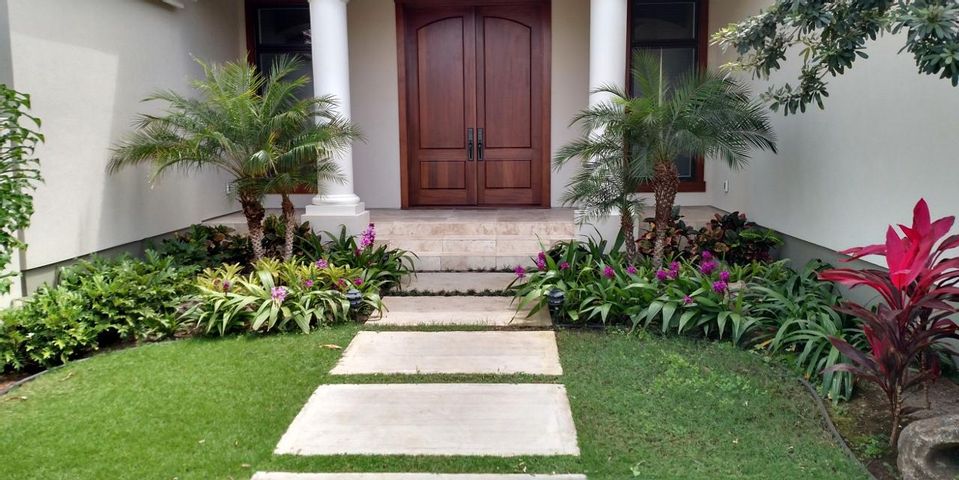3 Signs of Poor Yard Drainage

Although plants need water to thrive, too much if it has an adverse effect. Homeowners in tropical and rainy places face unique drainage challenges in their lawns due to the areas’ high levels of rainfall. If you live in one of these locations, use this guide to determine if your yard’s drainage needs to be improved.
How to Know If the Lawn Needs Better Drainage
1. Puddles
You’ll likely have a few puddles in the yard after a heavy rainfall, but they should dry quickly. Lingering water typically indicates that the ground isn’t properly graded. This means that the lawn’s slope isn’t directing water away from the home and toward the street or drainage system.
2. Soil Erosion
 Bald patches of grass and starving plants indicate a drainage issue. Water that doesn’t drain will lift the nutrient-rich topsoil and wash it away or redistribute it on the driveway and sidewalk. This form of soil erosion will destabilize plants with shallow roots and deprive the surrounding greenery of essential nutrients.
Bald patches of grass and starving plants indicate a drainage issue. Water that doesn’t drain will lift the nutrient-rich topsoil and wash it away or redistribute it on the driveway and sidewalk. This form of soil erosion will destabilize plants with shallow roots and deprive the surrounding greenery of essential nutrients.
3. Overflowing Gutters
Clogged gutters will spill water into the yard below, drowning the plants and grass beneath them. Additionally, the excess water can seep into the home’s foundation and cause it to weaken. Clean the gutters twice a year to prevent this drainage issue. After removing the leaves and debris from the troughs, check the downspouts to ensure they’re clear as well.
If your yard is experiencing drainage issues, turn to the skilled team at Aloha 'Aina Landscaping in Aiea, HI. These licensed professionals will install drain pipes and swales to prevent damage from flooding water and runoff. They’ll also work with you to create a new landscape design that uses xeriscaping to minimize water issues. To get more information about their services, visit them online or call (808) 291-0143.
About the Business
(10 reviews)
Have a question? Ask the experts!
Send your question

